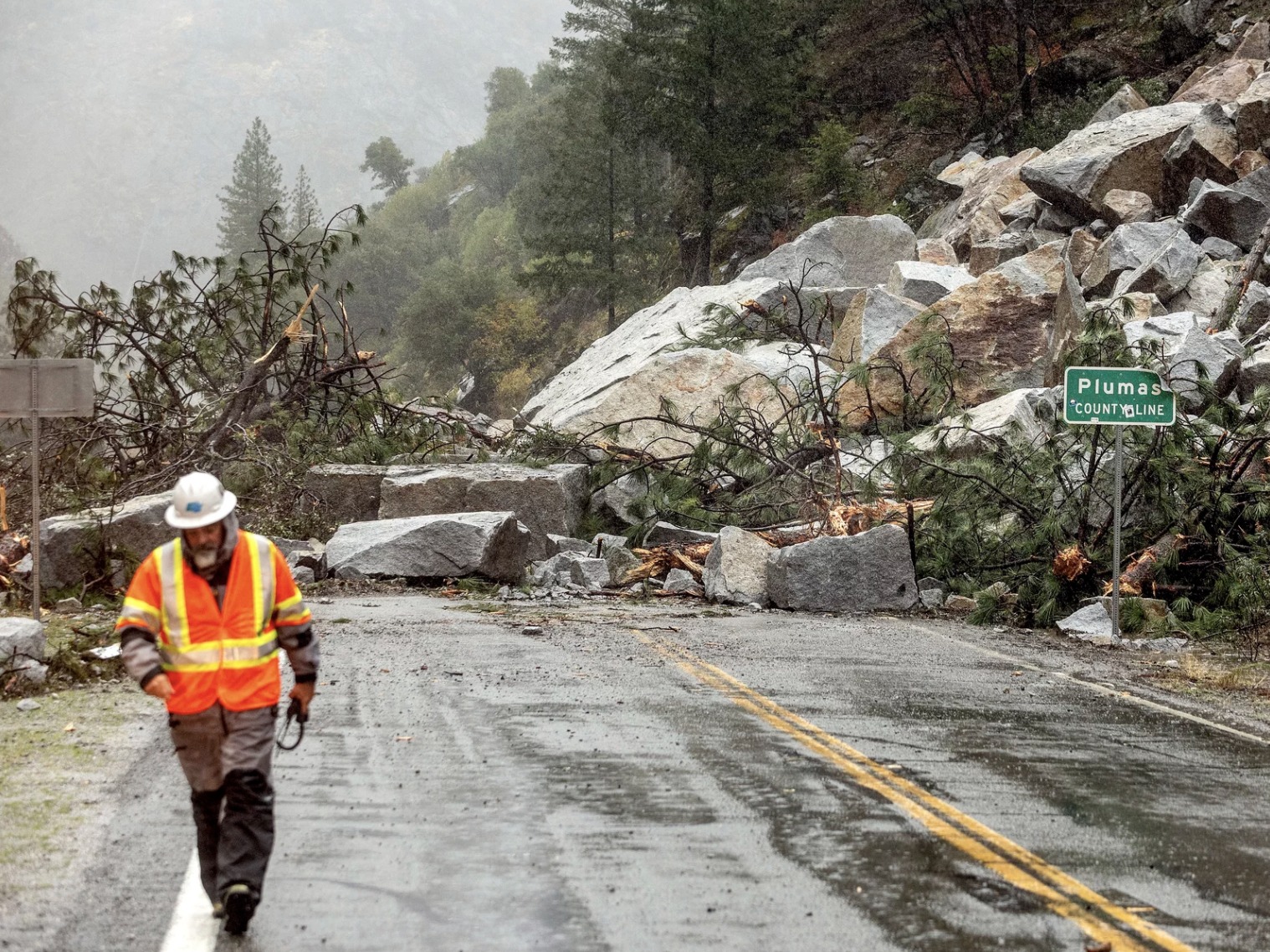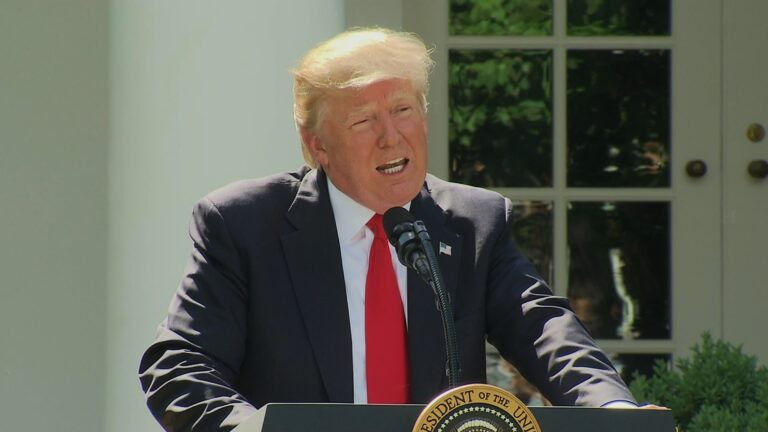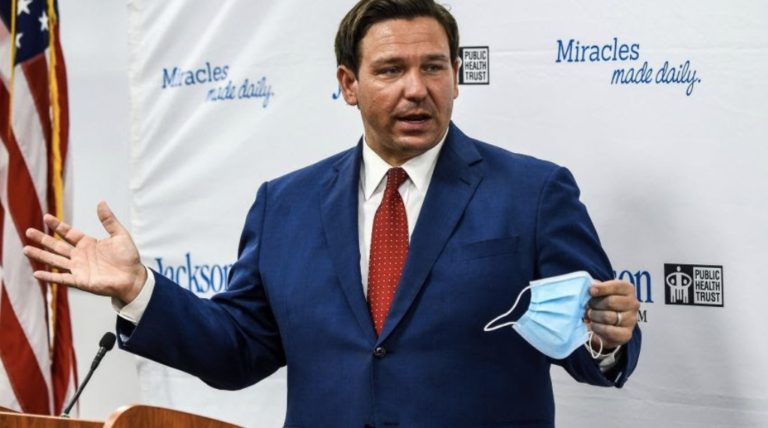
On October 23rd, a storm meteorologists are calling a “bomb cyclone” and “atmospheric river” caused flash flooding and landslides in parts of northern California previously scarred by months of summer wildfires. While most are relishing in the relief the rain is bringing to these dry areas, climate scientists worry these patterns of extreme weather are only going to bring worsening devastation. One study by University of California Los Angeles (UCLA) refers to this quick transition from very dry weather to very wet weather as “climate whiplash,” causing immense damage. Because vegetation helps soil absorb water, the burn-scarred areas of the land increase the rates of flash flooding, landslides, and damage to nearby towns.
But here’s what’s really scary: the U.S. can not financially afford to do nothing about climate change. The infrastructure we have now will be so damaged by the effects of climate change that the country will end up running massive deficits trying to accommodate for the losses.
Extreme weather is costing our nation fortunes. Since 1980, the 308 extreme weather events calculated by the National Centers for Environmental Information totaled about two trillion dollars in disaster event costs—half of which has been incurred just in the last six years. If the U.S. fails to reduce greenhouse gas emissions to levels outlined in the Paris Climate Accord, the effects of the climate crisis will come with a hefty price tag of around 800 trillion dollars by the year 2100, according to a study published in 2020. Considering that U.S. GDP in 2020 was just under $21 trillion and only grows about 2 percent a year, it’s predicted the country will spend more than what we make in the next 80 years just on the effects of uncontrolled climate change alone. Not to mention, if we have not done anything by the year 2100, the inertia of the climate crisis with the mounting devastation resulting from worsening storms, will be near impossible to reverse, meaning we will continue to spend astronomical amounts just to delay our eventual destruction.
However, it does not have to be this way. It is widely estimated that we have about nine years left to do something before the damage from climate change is irreversible. This means we have nine years to start implementing programs to decarbonize our economy and rein in global warming. While there have been many calls and proposals for comprehensive climate reform, for the purposes of accessibility and clarity, I will focus on the most popular —The Green New Deal, proposed by Senator Ed Markey and Representative Alexandria Ocasio-Cortez.
The Green New Deal is a massive program of investments in clean-energy jobs and infrastructure meant to transform not just the energy sector, but the entire economy. The primary aim is to decarbonize the economy by 2030. Even though the plan includes other less-related terms like establishing universal healthcare and free college programs, the overall cost is still estimated to be only around 10-50 trillion dollars — a fraction of the nearly one quadrillion dollar price of doing nothing. While this is a shocking number for most voters and congresspeople to fathom spending on a theoretical plan, the government will soon be desensitized to words like “trillion” and “quadrillion” if we don’t get the climate crisis under control because of the massive amounts of money needed to remedy the damage caused across the country.
Other models for decarbonizing the economy call for an investment of five percent of our GDP annually (about $1.2 trillion) for five years into transforming the American market to rely solely on green energy. This would amount to about five or six trillion dollars to effect a massive positive change on our environment.
It’s easy to see why most scientists can agree that the cost of reacting to climate change will undoubtedly be much greater than what would be spent in anticipation of these disasters. With disasters like the freak winter storm in Texas becoming more normal, our nation is spending billions each year on worsening climate change disasters. We literally can not afford to do nothing.



